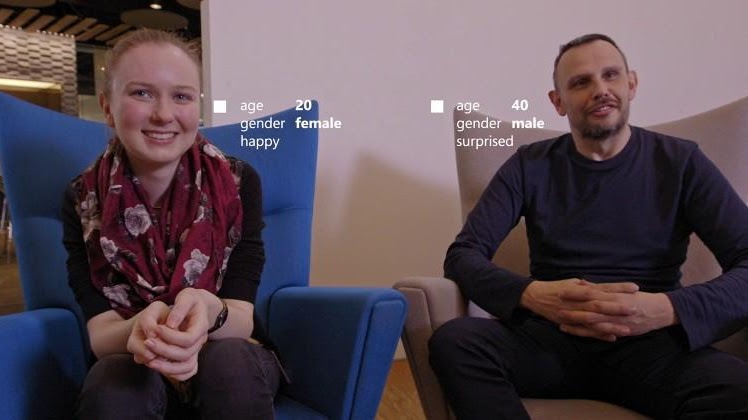Shared Concerns of Visually Impaired and Bystanders
My Role
Lead Researcher -- designed the study, engaged stakeholders, conducted surveys and interviews, performed qualitative and quantitative data analysis, published a full paper.
Year: 2019 | Collaborators: Prof. Apu Kapadia, Manohar Swaminathan, Tousif Ahmed | Indiana University, Microsoft Research Lab.
Description
Camera based assistive technologies such as smart glasses can provide people with visual impairments (PVIs) information about people in their vicinity. Although such ‘visually available’ information can enhance one’s social interactions, the privacy implications for bystanders from the perspective of PVIs remains under-explored. Motivated by prior findings of bystanders’ perspectives, we conducted two online surveys with visually impaired (N=128) and sighted (N=136) participants with two ‘field-of-view’ (FoV) experimental conditions related to whether information about bystanders was gathered from the front of the glasses or all directions. We found that PVIs considered it as ‘fair’ and equally useful to receive information from all directions. However, they reported being uncomfortable in receiving some visually apparent information (such as weight and gender) about bystanders as they felt it was ‘impolite’ or ‘improper’. Both PVIs and bystanders shared concerns about the fallibility of AI, where bystanders can be misrepresented by the devices. Our finding suggests that beyond issues of social stigma, both PVIs and bystanders have shared concerns that need to be considered to improve the social acceptability of camera based assistive technologies.
Research Method
Controlled experiment; Online survey
Participants
128 participants with visual impairments recruited through different blind organizations (e.g., National Federation of the Blind (NFB), American Council of the Blind (ACB))
136 sighted participants from Amazon Mechanical Turk (MTurk)
Independent Variable
2 fields of view (sighted, extended)
Dependent Variable
Comfort level: From the perspective of the visually impaired participants and bystander participants (5 point Likert scale)
Usefulness level: From the perspective of the visually impaired participants (5 point Likert scale)
Quantitative Data Analysis Method
Non-parametric methods:
Wilcoxon rank sum test (for two groups and between subjects)
Friedman rank sum test (for multiple groups and within subjects)
Qualitative Data Analysis Method
Bottom up approach for coding
Cohen's Kappa
For more details, please download the paper at: https://homes.luddy.indiana.edu/kapadia/papers/akter-assets20.pdf

